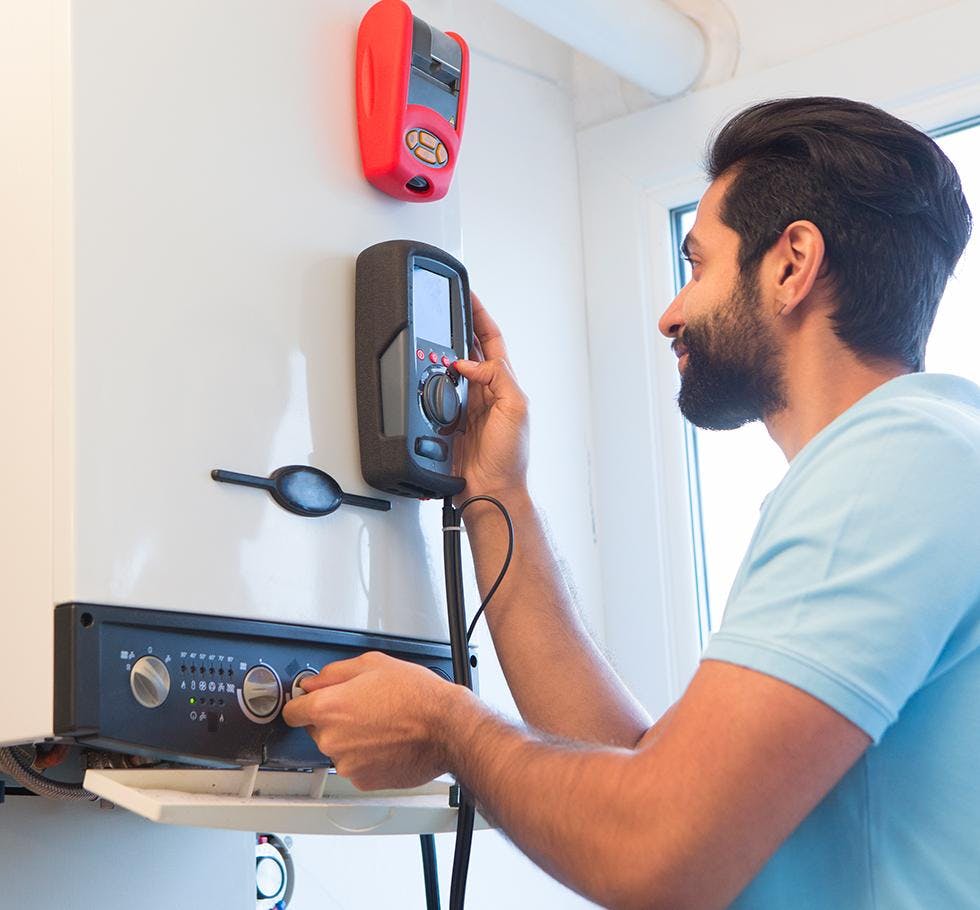Utility
The transition from traditional energy to sustainable energy poses several major challenges for electricity, heat and water grid operators, but distribution may just be the biggest challenge. A sturdy network is essential in order to cope efficiently, cheaply and flexibly with the uncertainties and variability inherent in large-scale sustainable energy. As such, grid operators will play a prominent role during the energy transition, which will require major, coordinated investments. At the same time, they must continue to serve customers quickly and efficiently in the existing system.

ORTEC provides strategic, tactical and operational support
The energy transition may be a long-term project, but it also requires that some decisions be made now. Network planning, for instance, requires pro-active efforts. Investments in the gas grid, electricity grid, and future heat grids will have to be coordinated, requiring cooperation with municipalities and provinces. Smart buffers will have to be implemented in drinking water systems to prepare them for more severe fluctuations in the weather, which will lead to extended dry and wet periods. Forecasting will help players make targeted decisions. No matter how you view it, the transition to sustainable energy will inevitably increase the demand for electricity. ORTEC can help operators map relevant developments, such as when and where the greatest influx of electric cars is to be expected. Dealing with all this data is the biggest challenge for existing providers, so it is important that this becomes a core capability in the future. ORTEC will bring your organization up-to-date with training programs at The Analytics Academy. Sustainability is also a key issue for waste management. ORTEC can help you design and plan your waste processing cycle and assist you in organizing your collection rounds so as to cut down on operational costs and improve your service quality.

Accurate predictions
For grid operators, the ability to accurately predict future energy demand can be very valuable, which is why data analysis will be essential. Where are most electric cars sold? In which region are most solar panels installed? Which customers will be connected to a heat grid first? ORTEC can help you use this data to make strategical predictions. On top of that, we can help you optimize your stock levels, analyze increasing amounts of data and improve your production plans.
Forecasting is also indispensable for waste management, and ORTEC makes it easier to generate simulations (of new centers or new vehicles, for instance) and quantify results, thus increasing the quality of your decisions.
Want to learn more about how we help customers in Utility?

Personnel scheduling, route planning, and other optimizations
Customers expect ever-faster and more wide-ranging service from their grid operators, driven by technological innovation. The labor market is tight, however, so it is important to schedule your employees as efficiently as possible. ORTEC uses data analysis to optimize technician and maintenance engineer scheduling. We can also enable you to offer your customers time-slotting as an additional service, which lets your customers go online and select a timeslot for their appointment. Thanks to this service, you will get even closer to offering an optimal customer experience.
The schedule leaves space for emergency repairs and lets customers know exactly when they can expect a technician. Needless to say, the routes taken by the service technicians are also optimized. The system also takes all the relevant laws and regulations and your employees' preferences into account.
Want to learn more about how we help customers in Utility?

Smart meters provide essential data
Digitization is playing an increasingly important role in society, and the same applies to the installation of smart meters. Smart meters not only help save energy; they also provide a huge amount of data about energy consumption. The combination of that data with website and payment data can open up new opportunities. Consumers are becoming more and more interested in new ways of saving energy and also want to know how sustainable their energy actually is. Data obtained from smart meters are also essential when it comes to planning investments in sustainable energy.
